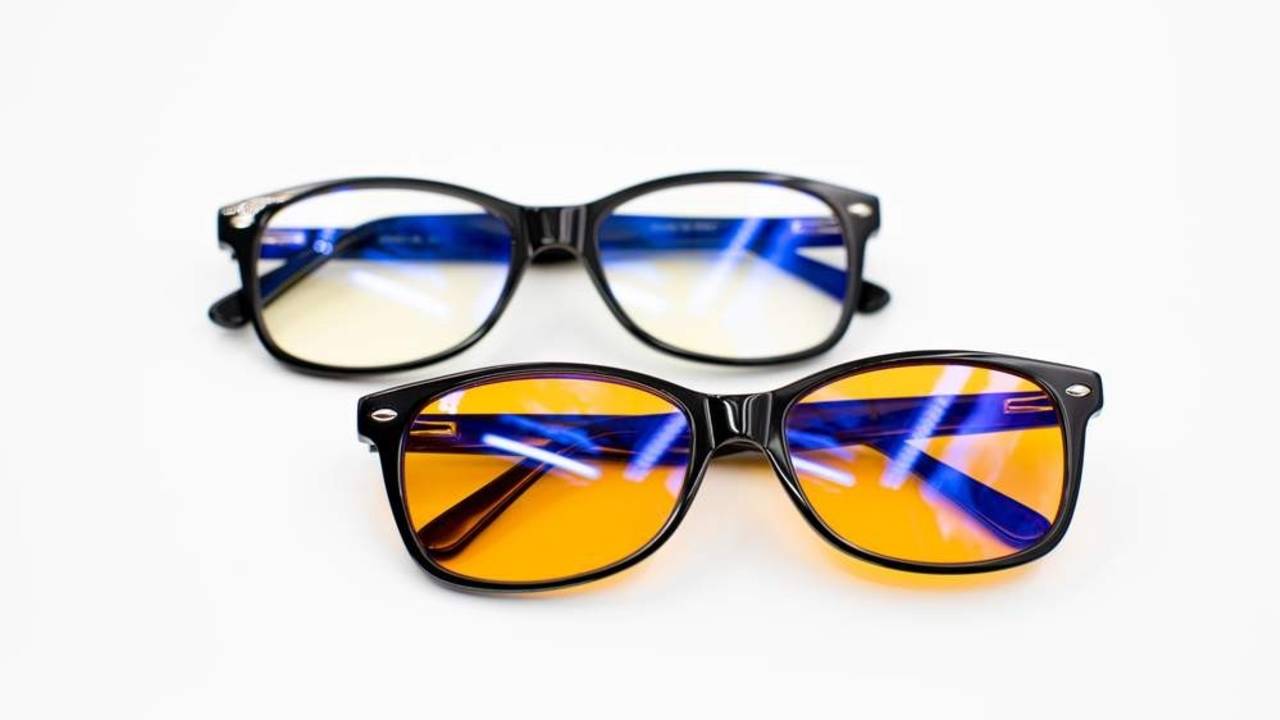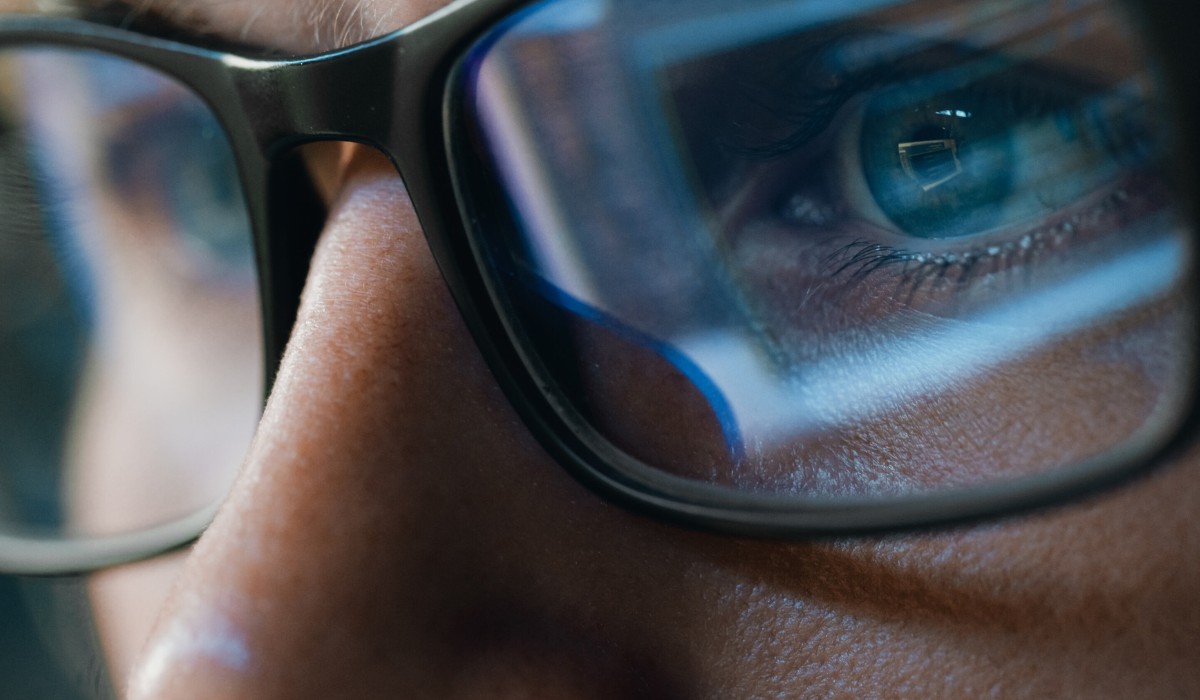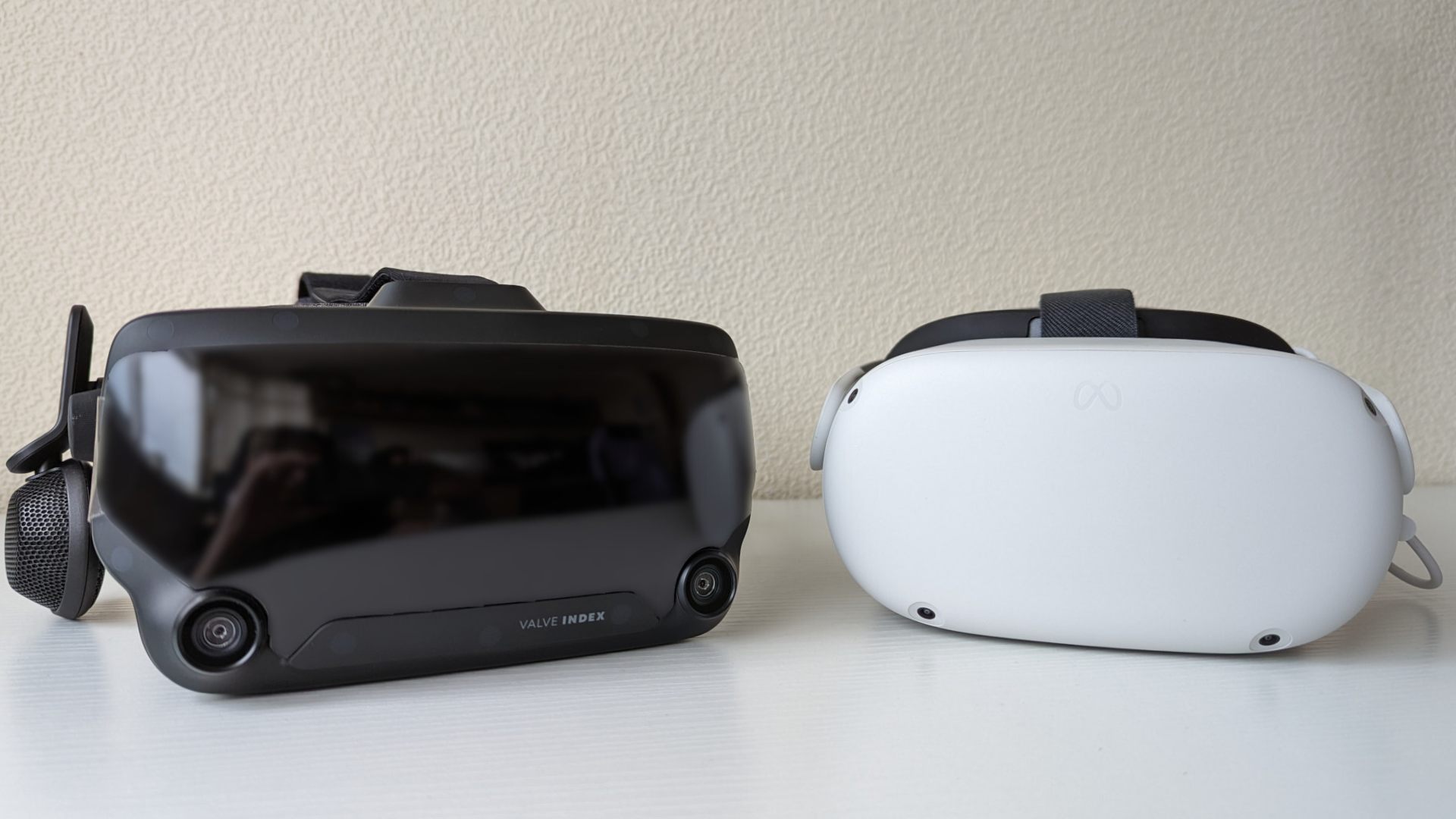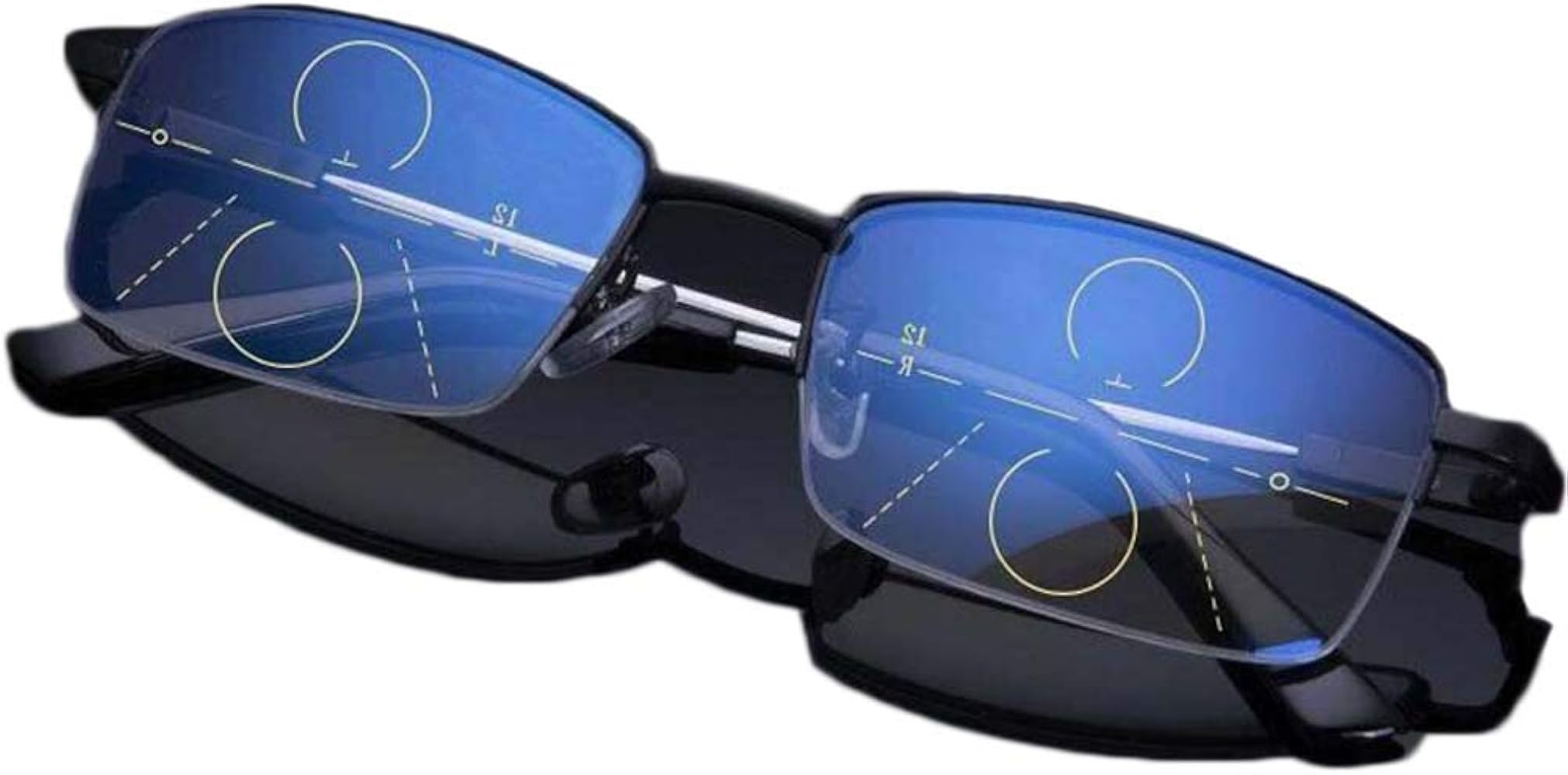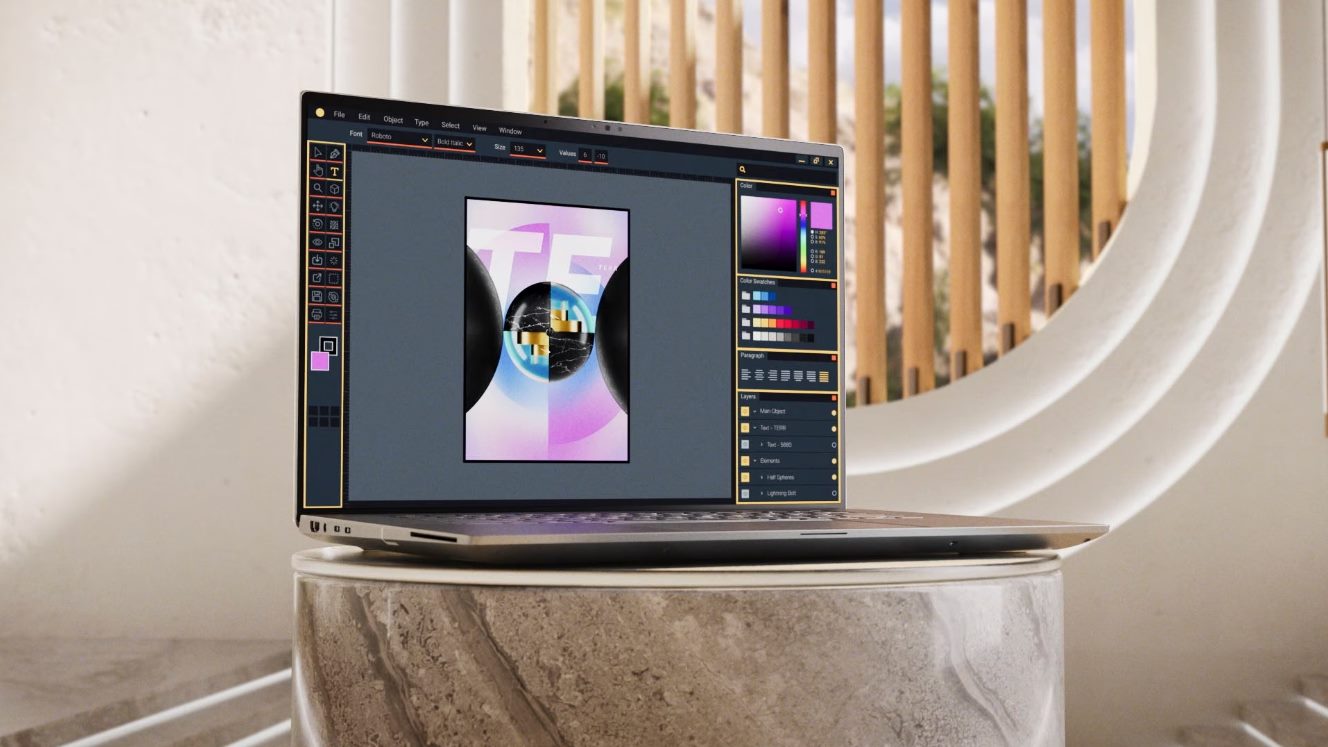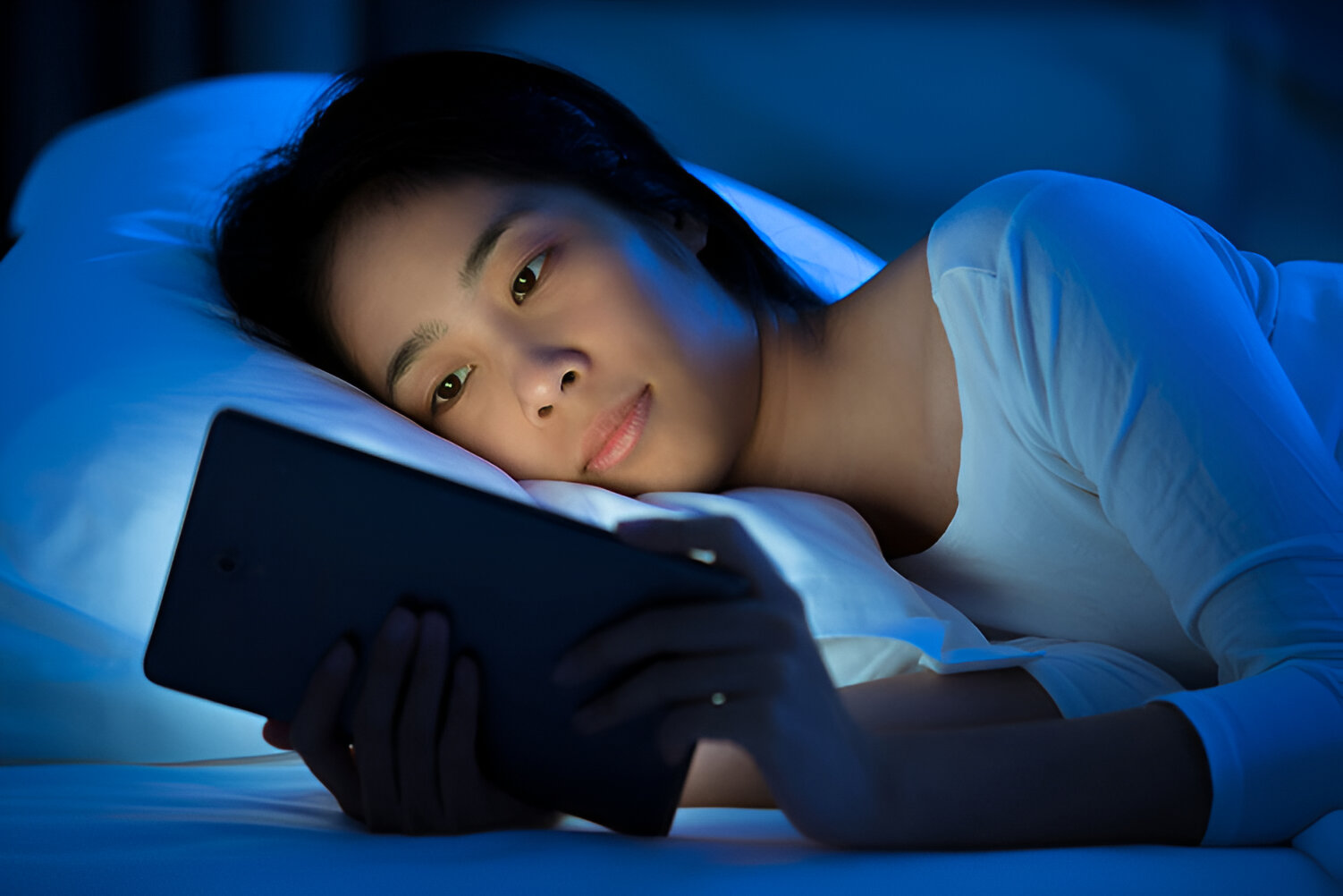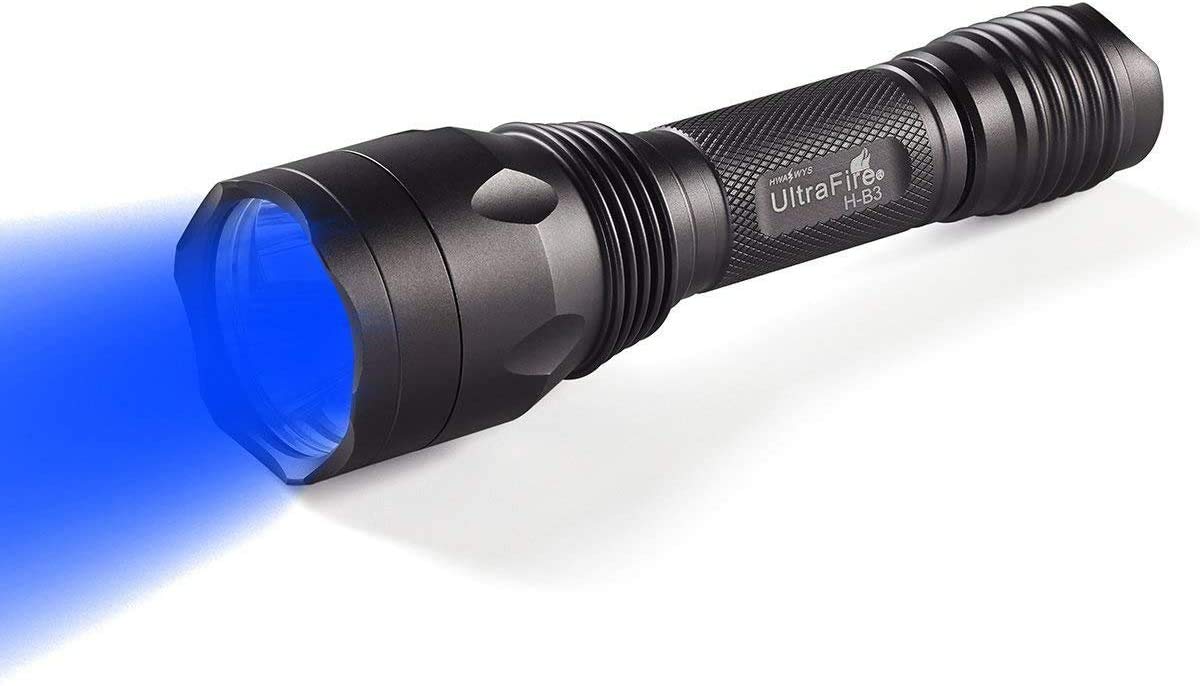Introduction
In today's digital era, we are surrounded by screens, from smartphones and tablets to computers and televisions. As a result, our exposure to blue light has significantly increased, leading to concerns about its potential impact on our eyes and overall well-being. In response to this, blue light glasses have emerged as a popular solution, promising to alleviate the negative effects associated with prolonged screen time.
The widespread use of digital devices has sparked a growing interest in understanding the effects of blue light on our eyes and sleep patterns. Blue light, a high-energy, short-wavelength light emitted by digital screens and LED lighting, has been the subject of numerous studies investigating its potential to cause eye strain, disrupt sleep, and contribute to long-term eye health issues.
As people continue to spend extended periods in front of screens for work, entertainment, and communication, the need for effective measures to mitigate the potential harm caused by blue light has become increasingly evident. This has led to the rise of blue light glasses, which claim to filter out a portion of the blue light emitted by screens, thereby reducing eye strain and potentially improving sleep quality.
The surge in the popularity of blue light glasses reflects a growing awareness of the impact of digital device usage on our visual comfort and overall health. With individuals seeking ways to maintain their well-being in the face of pervasive screen exposure, the role of blue light glasses in addressing these concerns has come to the forefront.
In the following sections, we will delve deeper into the nature of blue light, the functionality of blue light glasses, their effectiveness, and potential side effects. By gaining a comprehensive understanding of these aspects, individuals can make informed decisions regarding the use of blue light glasses to support their visual comfort and overall wellness in the digital age.
What is Blue Light?
Blue light is a high-energy, short-wavelength light that is part of the visible light spectrum. It is emitted by the sun, as well as by digital screens, LED lighting, and fluorescent lights. Blue light plays a crucial role in regulating our circadian rhythm, also known as the sleep-wake cycle, by influencing our alertness and sleep patterns.
In natural settings, exposure to blue light during the day can have positive effects on our mood, attention, and cognitive function, as it signals our bodies to stay awake and alert. However, prolonged or excessive exposure to artificial sources of blue light, such as electronic devices and energy-efficient lighting, has raised concerns about its potential impact on eye health and overall well-being.
The prevalence of digital screens in modern lifestyles has led to increased exposure to blue light, prompting researchers to investigate its effects on the eyes and the body. Studies have suggested that excessive blue light exposure, especially during evening hours, may disrupt the production of melatonin, a hormone that regulates sleep, leading to difficulties in falling asleep and achieving restful sleep.
Furthermore, blue light has been associated with digital eye strain, also known as computer vision syndrome, which encompasses a range of symptoms such as eye fatigue, dry eyes, headaches, and blurred vision. Prolonged exposure to digital screens can exacerbate these symptoms, impacting overall visual comfort and productivity.
The potential consequences of prolonged blue light exposure have spurred interest in finding ways to mitigate its effects, leading to the development of blue light glasses. These specialized eyewear are designed to filter out a portion of the blue light emitted by screens, with the aim of reducing eye strain and minimizing the potential disruption of sleep patterns.
Understanding the nature of blue light is essential for individuals seeking to address the challenges associated with excessive screen time. By gaining insight into the properties of blue light and its impact on our well-being, individuals can make informed decisions regarding the use of blue light glasses as a potential solution to support their visual comfort and overall health in the digital age.
How Do Blue Light Glasses Work?
Blue light glasses, also known as blue light blocking glasses, are designed to reduce the potential negative effects of blue light exposure from digital screens and artificial lighting. These specialized glasses feature lenses that are treated with a coating or embedded with materials that can selectively filter out a portion of the blue light emitted by electronic devices and LED lighting.
The key mechanism behind blue light glasses lies in the specific properties of the lenses. These lenses are engineered to absorb or reflect a portion of the high-energy, short-wavelength blue light, thereby reducing the amount of blue light that reaches the eyes. By doing so, blue light glasses aim to alleviate digital eye strain and minimize the potential disruption of sleep patterns caused by excessive blue light exposure, particularly during evening hours.
The effectiveness of blue light glasses in filtering out blue light is attributed to the presence of special coatings or additives within the lenses. These coatings or additives are designed to target the blue light spectrum while maintaining the overall clarity and color perception of the wearer. This selective filtration process allows blue light glasses to attenuate the intensity of blue light without compromising visual acuity or causing significant color distortion.
It is important to note that not all blue light glasses are created equal, and the level of blue light filtration can vary depending on the specific technology and materials used in the lenses. Some blue light glasses may target a specific range of blue light wavelengths, while others may offer broader spectrum coverage. Additionally, the degree of blue light filtration can differ among various brands and models of blue light glasses.
When worn during screen time or in environments with significant artificial lighting, blue light glasses act as a protective barrier, intercepting a portion of the blue light that would otherwise reach the eyes. This reduction in blue light exposure aims to mitigate the potential discomfort and strain experienced during extended periods of screen use, offering a potential solution for individuals seeking to support their visual comfort in the digital age.
Overall, the functionality of blue light glasses centers on their ability to selectively filter out blue light, providing wearers with a potential means of reducing digital eye strain and minimizing the potential impact of blue light on sleep patterns. By leveraging specialized lens technology, blue light glasses offer a proactive approach to addressing the challenges associated with prolonged screen time, empowering individuals to prioritize their visual well-being in an increasingly digital-centric world.
Do Blue Light Glasses Really Work?
The effectiveness of blue light glasses in mitigating the potential negative effects of blue light exposure has been a topic of interest and debate. Proponents of blue light glasses assert that these specialized eyewear can significantly reduce digital eye strain and minimize the disruption of sleep patterns caused by excessive blue light exposure. However, skeptics question the tangible benefits of blue light glasses and raise concerns about their efficacy in addressing the challenges associated with prolonged screen time.
Numerous studies have explored the impact of blue light on visual comfort and sleep quality, providing insights into the potential benefits of using blue light glasses. Research suggests that filtering out a portion of blue light, especially during evening hours, may help in reducing the suppression of melatonin production, potentially supporting better sleep quality. Additionally, individuals who experience symptoms of digital eye strain, such as eye fatigue and headaches, have reported subjective improvements in visual comfort when using blue light glasses during screen use.
The functionality of blue light glasses lies in their ability to selectively filter out blue light, thereby reducing the overall exposure of the eyes to this high-energy, short-wavelength light. By doing so, blue light glasses aim to alleviate the potential discomfort and strain caused by prolonged screen time, offering wearers a proactive approach to supporting their visual well-being in the digital age.
While individual experiences with blue light glasses may vary, many users have reported subjective improvements in their visual comfort and sleep patterns after incorporating these specialized glasses into their daily routines. It is important to note that the effectiveness of blue light glasses may depend on factors such as the specific technology and materials used in the lenses, the duration and intensity of screen use, and individual sensitivity to blue light.
Ultimately, the efficacy of blue light glasses in addressing the challenges associated with excessive screen time is a multifaceted issue, influenced by individual preferences and responses. As individuals seek ways to prioritize their visual comfort and overall well-being in the digital age, the potential benefits of blue light glasses in reducing digital eye strain and supporting healthy sleep patterns remain a compelling area of exploration and consideration.
Are There Any Side Effects of Using Blue Light Glasses?
When considering the potential side effects of using blue light glasses, it is essential to approach the topic with a balanced perspective. While blue light glasses are designed to mitigate the potential negative effects of blue light exposure, it is important to acknowledge that individuals may have varying responses to wearing these specialized eyewear.
One aspect to consider is the potential impact of blue light glasses on color perception. Some individuals may perceive a subtle yellow or amber tint when wearing blue light glasses, particularly those with lenses designed to filter out a broader spectrum of blue light. While this tint is intended to signify the filtration of blue light, it may alter the perceived color of the environment or digital screens. However, for the majority of users, this tint is minimal and does not significantly impact color perception in daily activities.
Another consideration is the potential adjustment period when transitioning to wearing blue light glasses. Individuals who are new to using these specialized eyewear may initially experience a period of adaptation as they become accustomed to the visual characteristics of the lenses. This adjustment period may involve a brief period of acclimatization to the slight color tint or the overall visual experience provided by the blue light glasses.
Furthermore, individuals with specific visual conditions or sensitivities may have unique responses to wearing blue light glasses. While these glasses are generally well-tolerated by most users, individuals with preexisting eye conditions or visual sensitivities should consult with an eye care professional before incorporating blue light glasses into their routine. This proactive approach can help ensure that the use of blue light glasses aligns with individual visual needs and any existing corrective measures.
It is important to note that the potential side effects of using blue light glasses are generally minimal and transient, with the majority of users experiencing positive outcomes in terms of reduced digital eye strain and potential support for healthy sleep patterns. As with any specialized eyewear, individual responses may vary, and it is advisable for users to monitor their experiences and seek professional guidance if they have concerns about the use of blue light glasses.
In summary, while blue light glasses are designed to provide a proactive approach to addressing the challenges associated with excessive screen time, individuals should be mindful of potential adjustments and individual variations in response. By remaining informed and attentive to their visual comfort, users can make informed decisions regarding the use of blue light glasses to support their overall well-being in the digital age.
Conclusion
In conclusion, the prevalence of digital screens in modern lifestyles has heightened the significance of understanding and addressing the potential impact of blue light exposure on visual comfort and overall well-being. The emergence of blue light glasses as a potential solution reflects the growing awareness of the challenges posed by prolonged screen time and the need to proactively support visual wellness in the digital age.
By gaining insight into the nature of blue light and its effects on the eyes and sleep patterns, individuals can make informed decisions regarding the use of blue light glasses as a proactive measure to mitigate the potential negative consequences of excessive screen exposure. The specialized lenses of blue light glasses, designed to selectively filter out a portion of the high-energy blue light emitted by digital screens and artificial lighting, offer a potential means of reducing digital eye strain and supporting healthy sleep patterns.
While the efficacy of blue light glasses may vary among individuals and depend on factors such as the specific technology and materials used in the lenses, many users have reported subjective improvements in visual comfort and sleep quality after incorporating these specialized glasses into their daily routines. The potential benefits of blue light glasses in alleviating digital eye strain and minimizing the disruption of sleep patterns present a compelling opportunity for individuals seeking to prioritize their visual well-being in the face of pervasive screen exposure.
Moreover, the minimal and transient potential side effects of using blue light glasses, such as subtle color perception adjustments and an initial adaptation period, are generally outweighed by the perceived benefits experienced by users. As with any specialized eyewear, individual responses may vary, and it is advisable for users to monitor their experiences and seek professional guidance if they have concerns about the use of blue light glasses.
In the evolving landscape of digital device usage, the role of blue light glasses in supporting visual comfort and overall wellness continues to be a subject of exploration and consideration. As individuals seek ways to maintain their well-being in the digital age, the potential benefits of blue light glasses in reducing digital eye strain and supporting healthy sleep patterns remain a compelling area of interest and potential solution.
Ultimately, the proactive approach offered by blue light glasses underscores the importance of prioritizing visual wellness in the face of pervasive screen exposure, empowering individuals to make informed choices regarding their visual comfort and overall health in an increasingly digital-centric world.









